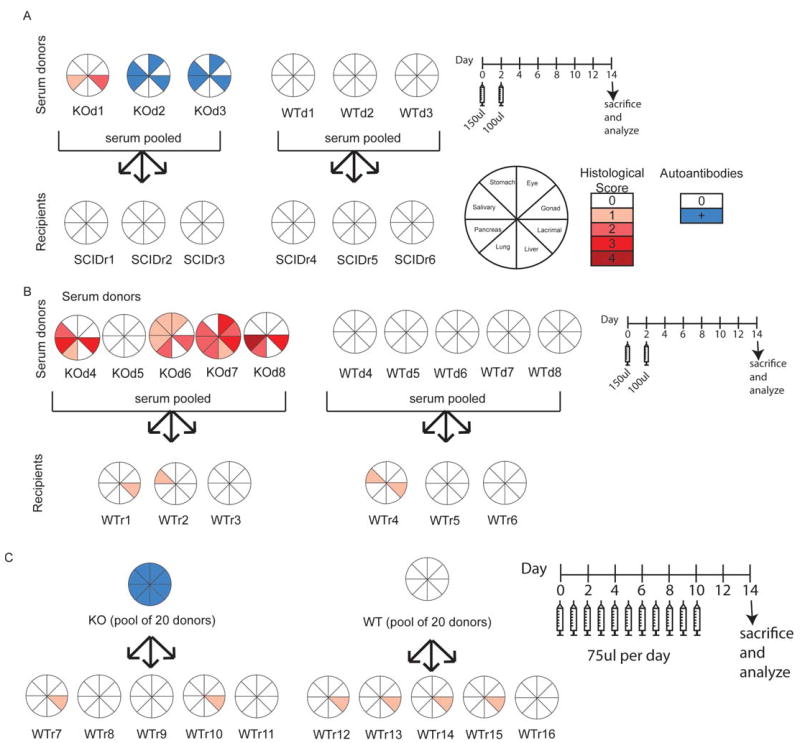Figure 2. Transfer of sera is not capable of eliciting autoimmunity or tissue damage.

Using studies on the pathogenic role of autoantibodies in the K/BxN T cell transgenic mouse model as a guide, we performed sera transfers into either immunodeficient (A) or wild-type (B) hosts. We transferred 150ul of sera from either aire-deficient mice with active disease or aire-sufficient controls at day 0, followed by an additional 100ul of sera at day 2. The weight of recipient animals was measured on alternating days and the animals were sacrificed at day 14. Tissues were assessed for immune damage by histological analysis. Histological scores are denoted in shades of red. For animals for which histology was not available, autoantibody reactivity is denoted in blue. KOd# = aire deficient sera donor, WTd# = aire-sufficient sera donor, SCIDr# = immunodeficient sera recipient, WTr# = wild type sera recipient. For KOd2 and KOd3, histological analysis was not performed and immunoreactivity shown is based on autoantibody reactivity. To determine if repeat administration of autoantibodies was required, we administered 75ul of aire-deficient or wild-type animal sera daily for 10 days, then harvested at day 14 (C). Tissues were assessed for immune damage as described.
